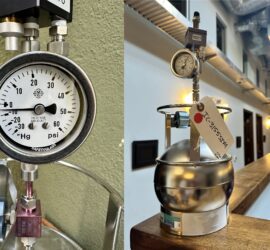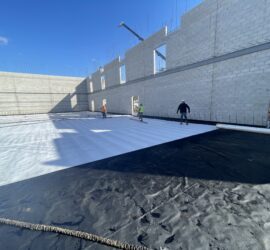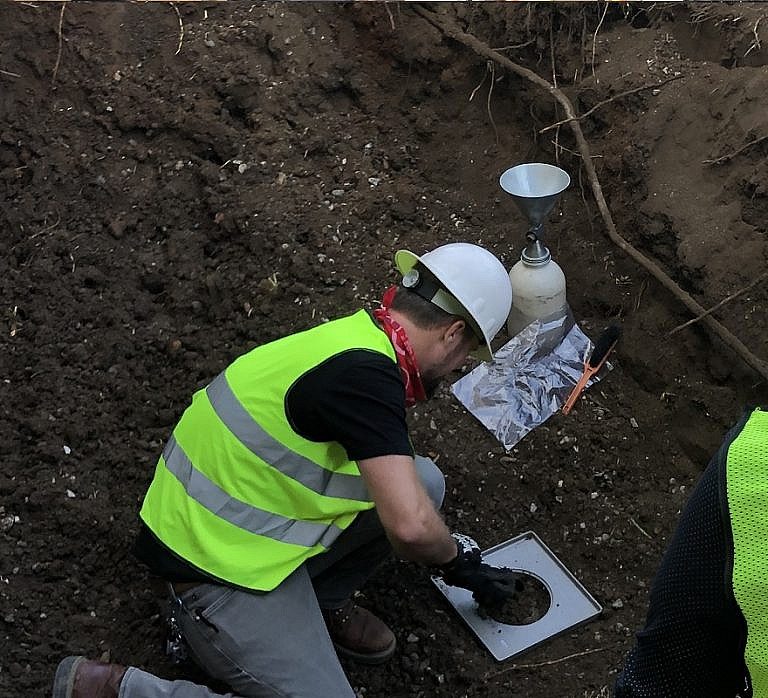De-Watering System in Methane Mitigation
De-Watering: In accordance with the Los Angeles Department of Building and Safety (LADBS) Methane Code, Ordinance Number 175790, a de-watering system is a permanent water removal system in a methane mitigation system. In the mitigation process, a de-watering system consists of perforated horizontal pipes, gravel pockets, sump areas with pumps, and a discharge point. These systems intend to permanently maintain the groundwater level to at least one foot below the impervious membrane. Meanwhile, it allows for methane soil gas to continuously enter the vertical riser pipes for proper health and safety measures to the lowest occupied space.





